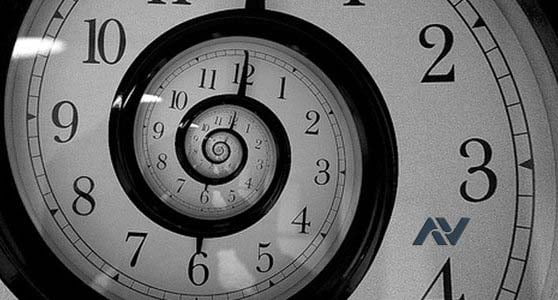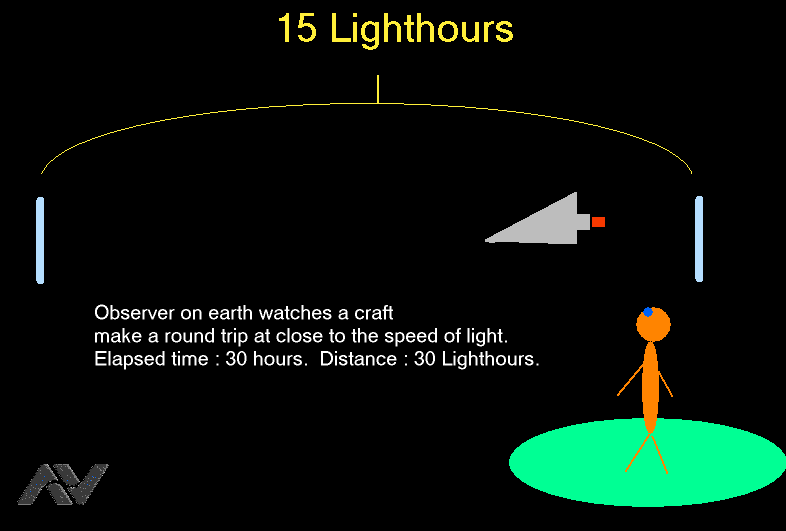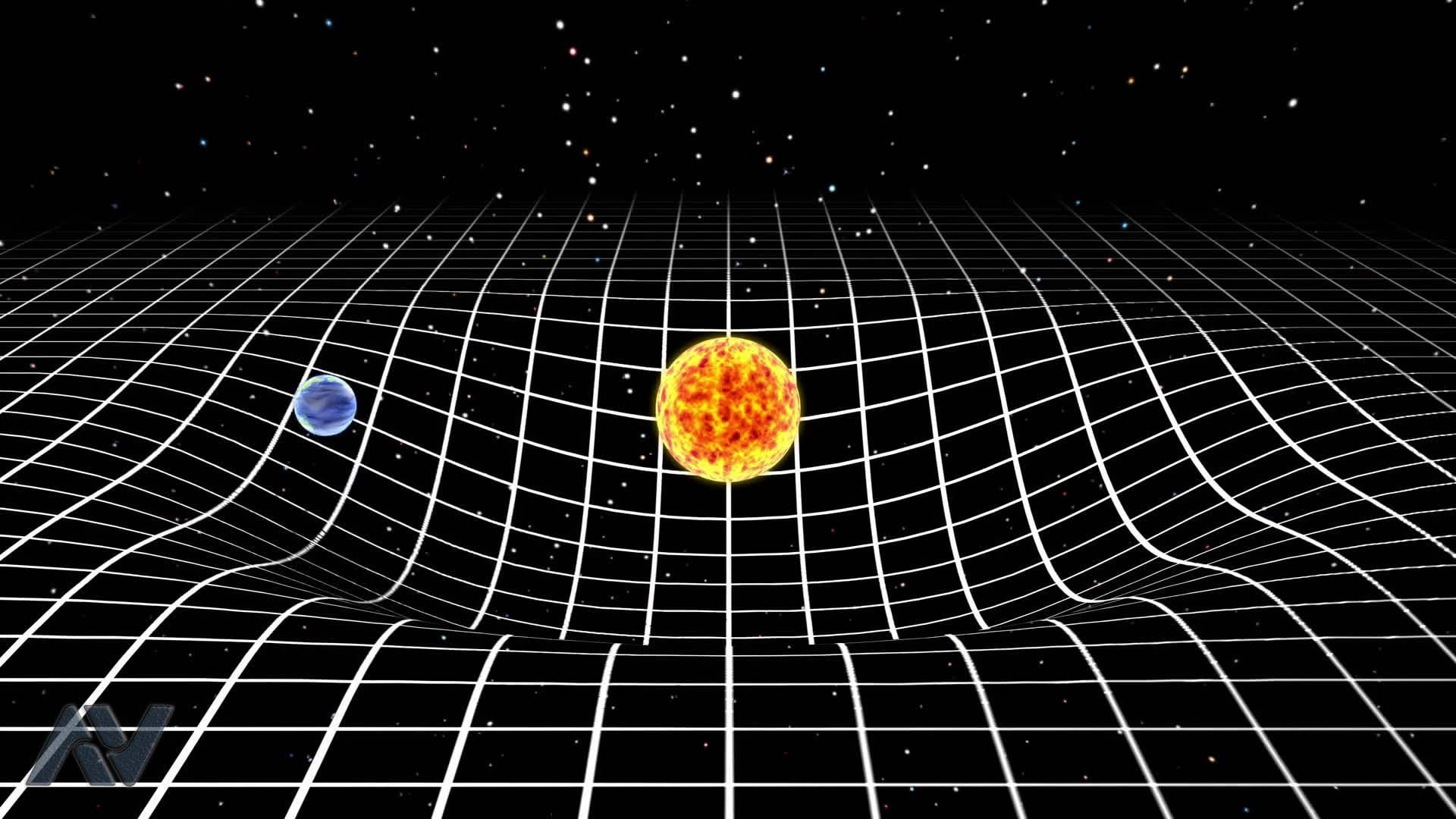Time Dilation – About Time – Moving Clock
In the field of science, one of the most interesting topics is the concept of general relativity. You know, the idea is that there are strange things near the speed of light. There are strange changes in the length of things, the strange transfer of wavelengths. And the most surprising thing is that there is a concept of dispersion: depending on how fast you are travelling compared to someone else, you can actually experience more or less time. And even strangers? As we saw in the movie Interstellar, like a black hole, spending time with objects on a very large scale can cause these same relative effects. Because mass and acceleration are the same things? Time does not look like we want. When we come late for work or school, it does not seem good enough, but it happens a lot more than when we have to wait in front of the bus waiting for rain. Apart from these troubles, it seems that time flows smoothly; Never bend, never change its rate: always “on time” This steady flow is so trustworthy that we fit our life around it. We start the day, when the clock tells us, then do the work when he tells us, when he tells us, then eat it and when he tells us, go to bed. Time, it seems, is continuous. It seems clear that the flow of time is continuous and it has been a prevalent approach to almost all human history. Sir Isaac Newton, when he was not dodging the falling apple, it was definitely thought that time was stable. They gave us the idea of a “Clockwork Universe” in which it is possible to know not only all of the past but all of the future, if only we can say where each particle was, in which direction and in what direction each particle was going on What was the speed This model assumes, not improperly, that time flows at constant rate. The Newton was as spectacular, it was all about to surprise, it was wrong.

How Does Time Dilation work?
To try to prove this theory of time spread, two very accurate atomic clocks were synchronized and one was taken on high-speed travel on the plane. When the plane came back, the plane’s riding timer was slower than the predicted Einstein equations. Thus, a moving clock runs more slowly when it is seen by a frame of reference which is not in motion with it. Keep in mind that when the clock returned, it had entered less time than the ground clock. Once again united with the ground clock, the slow watch will again record the time at the same rate as a ground clock (obviously, it will remain behind until it becomes slow on the journey That is not synchronized again). This happens only when the clock is in motion in the other clock, that time becomes weak. Time relativity, in principle of special relativity, is “slow” of a clock, as defined by a supervisor who is in relative speed in relation to that clock. In special relativity, a supervisor is a well-defined means of determining inertia, which occur simultaneously with a given event. A second inertial observer, who is in relative motion in the first place, however, will disagree with the first supervisor, about which the incidents happen together with that given incident. (In this determination neither supervisor is wrong, rather, his disagreement shows only the fact that there is a supervisor-dependent belief in special relativity together.) To simultaneously compare the rates of watches made by clocks Required. Two observers If the assumption of the first supervisor is used together, then it is found that the second supervisor’s clock runs slower than the first supervisor by the factor of the square root of √ (1 – v2 / c2), where v is supervised by the supervisors Relative velocity and c is 299,792 km (186,282 miles) per second which is equal to the speed of light. Similarly, using the perception of the second supervisor simultaneously, it has been found that the first supervisor’s clock runs slow by the same factor. Thus, each inertial supervisor determines that all watches of relative motion of that observer run slow compared to that observer’s own clock.
Time Dilation Speed Limits
So anyway, I’m a doctor, I mean Edington, had worked how stars generate energy (through fusion) and personally confirmed that Einstein’s general relativity predictions were correct when he was in 1919 The solar eclipse observed. During a lecture by Sir Arthur Eddington, someone asked, “Professor Edington, you should be one of the three people in the world who understands general relativity.” he said for a moment, and then said, “Yes, but I am trying to think of who is the third person.” It definitely is not me, but I know somebody, Has a handle on General Relativity and Professor Dr Astrophysics at the Rochester Institute of Technology Brian Cabellein. He covers this topic at all times in his blog, One Universe at a time. The special theory of relativity was published by Albert Einstein in 1905. This work is not considered as a continuous flowing unit but as part of a much more complex system, which is connected with space. This is called space-time. Because space and time are part of the same unit, so it is impossible to go into space without time. Time, to move, change anything, change One of the most startling results of special relativity is that any moving clock slows down relative to the stationary supervisor. Of course, there are many different types of watches, such as digital clocks, clock clocks, atomic clocks and even our own organic clocks but they all are equally affected by the same principle, that is: Moving clocks are slow moving.

Consequences Of Time Dilation
Let’s assume that the object under the sun in Figure 4 is a light clock on the wheels. A light clock measures the time by sending a ray of light from the bottom plate to the plate, where it is then reflected in the bottom plate. A light clock takes the best measure of time because despite its speed its speed remains constant. Therefore, in Figure 4, we walk up to the light clock and find that it takes 1 second to travel light from the bottom and back and down again. Now see Figure 5. In this example, the light clock is moving right, but we are still standing. If we can see the light beam as the clock did last, we would see the beam travelling at the angle of plates. If you are confused, then look at picture 4 and you will see that the beam sent and the beam received are both found under the sun, thus the clock does not run. Now look at Fig 5, the ray sent is below the sun, but the reflected ray returns than when the clock is under the lightning bolt, thus the clock rolls to the right. What is this telling us? We know that the clock still sends and receives at intervals of 1 second. We also know that the speed of light is stable. Wherever we are, we will measure the light ray in fig 4 and fig 5 at exactly the same speed. But fig 5 looks like a light because the arrows are long. And guess what, it’s done. Light took more time in a complete sending and receiving cycle, but the speed of light was unchanged. Since Prakash travelled far and speed was unchanged, this could only mean that the time it takes to be longer is too long. Remember the speed is the distance/time, so the only way to speed the unchanged is to increase the time when the distance increases.

Time Dilation & Speed Of Light
A closely related event estimated by special relativity is the so-called twin paradox. Suppose that one of the two twins carrying the clock, at a given time, the other twins, depart from an inertial supervisor on a rocket ship, and they have added again in later times. According to the time-span effect, the time spent on the twin clock on rocket ship will be smaller than the inertial observer twins i.e., the inertia of non-inertial twins will be less than the observer’s twin. Re: included. The time-span effect predicted by special relativity has been confirmed accurately from the observations of the increasing lifespan of volatile primary particles travelling at the speed of light. The clock’s paradox effect also has been confirmed by the experiments compared to the time of an atom clock on Earth with an atomic clock flowing in an aeroplane. Later experiments have, according to the theory of general relativity, have confirmed a gravitational contribution to the spread of time.

What Time Dilation Will Change In World?
To clarify clearly: Light travels at the speed of light. So the question is how can it do this, and why does it not require infinite energy to speed it up? The answer is that there is no mass in the light particles (which are called photons). More precisely, they do not have “comfort mass”. Photons are constantly increasing but if we can stop one and weigh it, then we will find that it has no mass. This is beyond the scope of these pages, but every experiment used to find any “rest-months” in light has failed. Not only this, but all experiments have indicated that light is actually mass-less. However, light does not always travel on “the speed of light”, and does not take much time to slow it down. You can now read it only because the light is either emitted from your screen or reflected by a paper copy, which strikes behind your eyes and stimulates special cells, which in turn gives your brain the ” Picture “. Just the air between your eyes and these words are slowing down the light between them to about 50 km/hour (30 miles per hour). This is a very small percentage of “normal” speed of light, but we should be careful when we say that light travels at the speed of light. In fact, the light can travel only at zero “at the speed of light”, such as in space. When this happens it is very close to 300,000 km per second (186,300 miles per second). At that pace, it can travel seven times every second of the world. It is undoubtedly really very fast, but it is still in the context of the size of the universe, perhaps surprisingly, very slow. For example, it takes about 1.5 seconds to reach us from the Moon, 8.5 minutes to reach us from the Sun, 4.25 years to reach the nearest star (other than the Sun), and reach us 14 billion The year has seen far from the distant objects. One million or one billion years is a long time, of course, but maybe we are forgetting something. We are measuring time with our own, earth-bound watches! In relation to most objects in space, our clocks can be considered very close to the stable. So how does a photon light travel at the speed of time?

The object shown as M31 is, for obvious reasons, called the Andromeda galaxy, and it is like our Milky Way. At a clear night you can see it in the sky as a faint chalk-like mist, and for most people, this is the furthest thing that can be seen with naked eyes. Photographs taken with powerful telescopes show that it is composed of millions and millions of stars, many of which are similar to our own Sun. The Andromeda galaxy is so far away that it takes light from it, as measured with the clocks attached to our earth, to reach us in two million years. However, in an Andromeda, a photon emitted from a star and goes out of the earth and travels in a vacuum and because it is a photon, travels at the speed of light. Because the photon is moving at the speed of light, it has a 100% time dilation factor. As long as it collides with the upper atmosphere of our planet, the time of the photon is not present and even then it is only slower than a small fraction. According to the photon for empty space, time or the distance, which has no meaning, and wherever it is, wherever it is, it is immediately available!